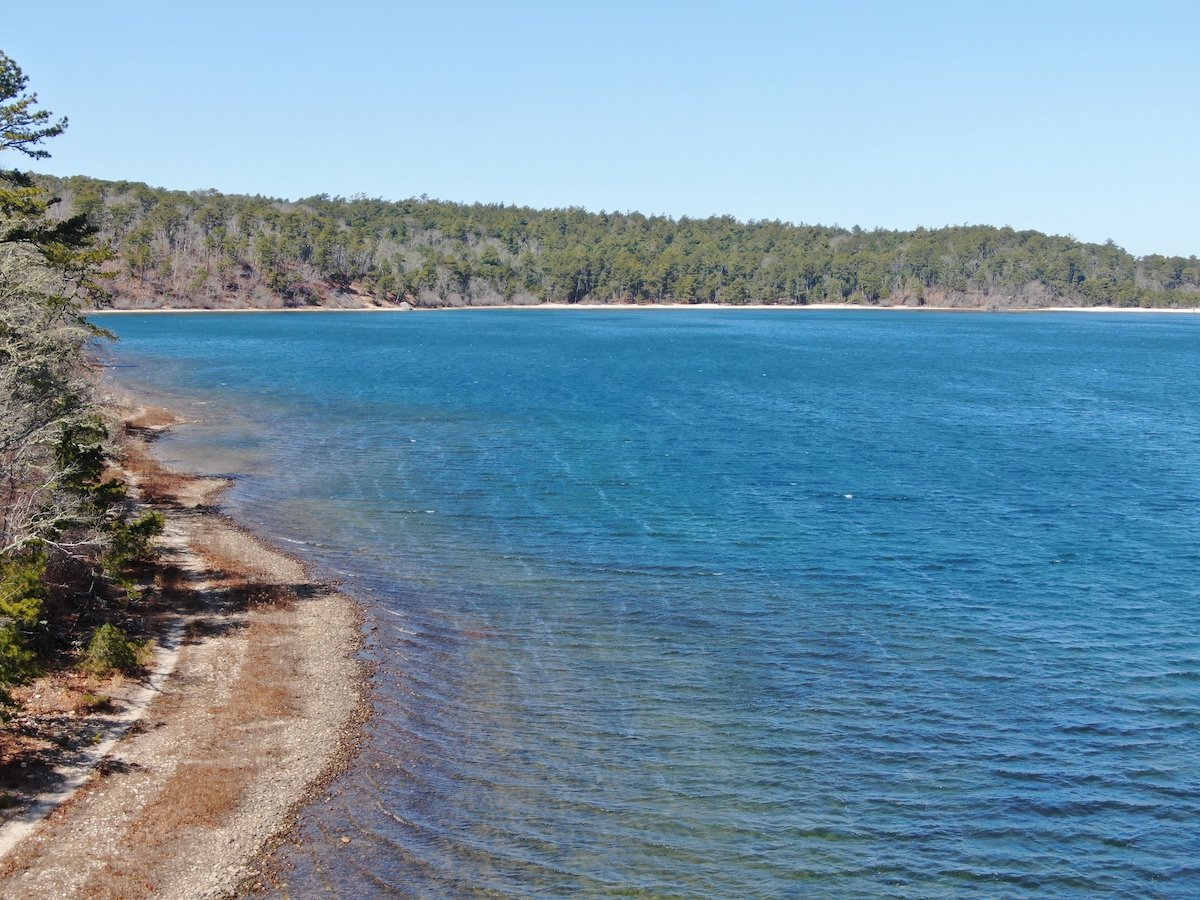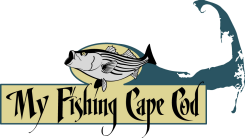There's a certain magic to April on Cape Cod. While tourists haven't yet descended in their summer masses and many seasonal homes remain shuttered, the Cape's freshwater kettle ponds come alive with opportunity. As the calendar flipped to April 1st, that familiar angler's itch—the one many of us know all too well—finally demanded to be scratched after weeks away from the water.
For me, this particular fishing excursion felt especially earned. The past ten days had been consumed with preparations for our 2025 season kickoff event—a tremendous success that brought together familiar faces and newcomers alike while raising over $7,000 for veteran nonprofit organizations. But between event planning and dad duties with our baby at home, my fishing rod had remained disappointingly dry.
Why April Is Cape Cod's Prime Freshwater Season (at least for me)
April represents a sweet spot in the Cape Cod fishing calendar—a perfect prelude to the saltwater fishing season that will soon command most anglers' attention. The Massachusetts Division of Fisheries and Wildlife has been busy stocking trout throughout the Cape's suitable ponds, supplementing the holdover population from previous seasons. The air carries just enough chill to keep the casual fishermen away, but not enough to deter the dedicated angler bundled in the right layers.

It was so windy this past Monday that I could barely fly the drone! Nevertheless I did manage to capture this shot of some of the gorgeous coastline I fished during this trip. We'll talk more about the pond and area later in the report, but for now, notice the sharp change in coloration from light green to dark blue-which is where the bottom drops off quickly.
What draws me to trout fishing, particularly from shore, is how remarkably similar it feels to pursuing striped bass—just on a smaller scale. The techniques translate beautifully: casting small jigs, working slender spoons, and retrieving diminutive plugs with subtle twitches and pauses. It's like surf casting for stripers but with lighter tackle and often clearer water.
With polarized sunglasses on a bright day, the Cape's glacial kettle ponds reveal their secrets—sandy spits, shallow flats, gravel bars, and dramatic drop-offs. Unlike the stationary approach often employed when bait fish, trout fishing with lures keeps you mobile, covering stretches of shoreline methodically, just as you would when hunting stripers along the coast.
A Cape Cod Conservation Treasure
By 11:00 AM, I pulled into one of Cape Cod's most pristine conservation areas. Not exactly the golden hours of sunrise or sunset that conventional wisdom might dictate, but I've long since learned to fish whenever the opportunity presents itself, especially with a three-hour window before family responsibilities called me home.
This particular location stands as a testament to conservation foresight. What was once privately owned by a wealthy Boston banker in the late 1800s was eventually gifted to the Commonwealth of Massachusetts in 1934 as a memorial to the owner's son who had died during the 1918 influenza pandemic.

The pristine shoreline of the pond I fished during this trip reveals Cape Cod's hidden wilderness, where towering pines meet crystalline glacial waters undisturbed by development. This 15,000-year-old kettle pond offers a glimpse of what much of Cape Cod might have looked like before European colonization. As the wind sculpts whitecaps across its surface, it's easy to forget you're on one of America's most popular vacation destinations rather than deep in New England's remote backcountry.
What could have easily become another stretch of Cape Cod shoreline dotted with private homes and restricted access instead remains an ecological treasure accessible to all. This reality becomes starkly apparent when comparing this area to many other Cape Cod ponds, where homes line the perimeter and public access points are few and far between.
The conservation area features several primary kettle ponds formed some 15,000 years ago as the Laurentide Ice Sheet retreated. Massive blocks of ice calved from the glacier, became buried in sediment, and eventually melted, creating the deep, clear ponds we see today. These geological marvels now serve as home to various trout species, perch, smallmouth bass, and a host of other freshwater creatures.
By 11:15 AM, I was rigged and ready, following one of the many well-maintained trails that wind around the pond's perimeter. The day's northwest wind howled at a steady 20-25 mph, sending whitecaps rolling across waters that would normally appear mirror-calm in gentler conditions...[click here to continue reading about how I caught these April rainbows + uncover the exact pond fished →]


Beautiful depiction Ryan. You write like James Joyce. ☘️ ❤️
I’m really happy you enjoyed reading this post Charles. Thank you for the nice comment as well!
Chamber of Commerce quality Ryan, you are an ambassador for Cape Cod.
I appreciate the comment Mike! Happy you enjoyed the post. Gluck out there this week!
I love going to this pond. Thanks for the pics.
Glad you enjoyed the photos. As you know it’s a very picture-worthy area. Thanks Brian!
Love Cape Cod
Me too! Thanks for reading Mark.
Being in nature is my medicine. Particularly before I retired.
Thank you for the comment 🙌🏻